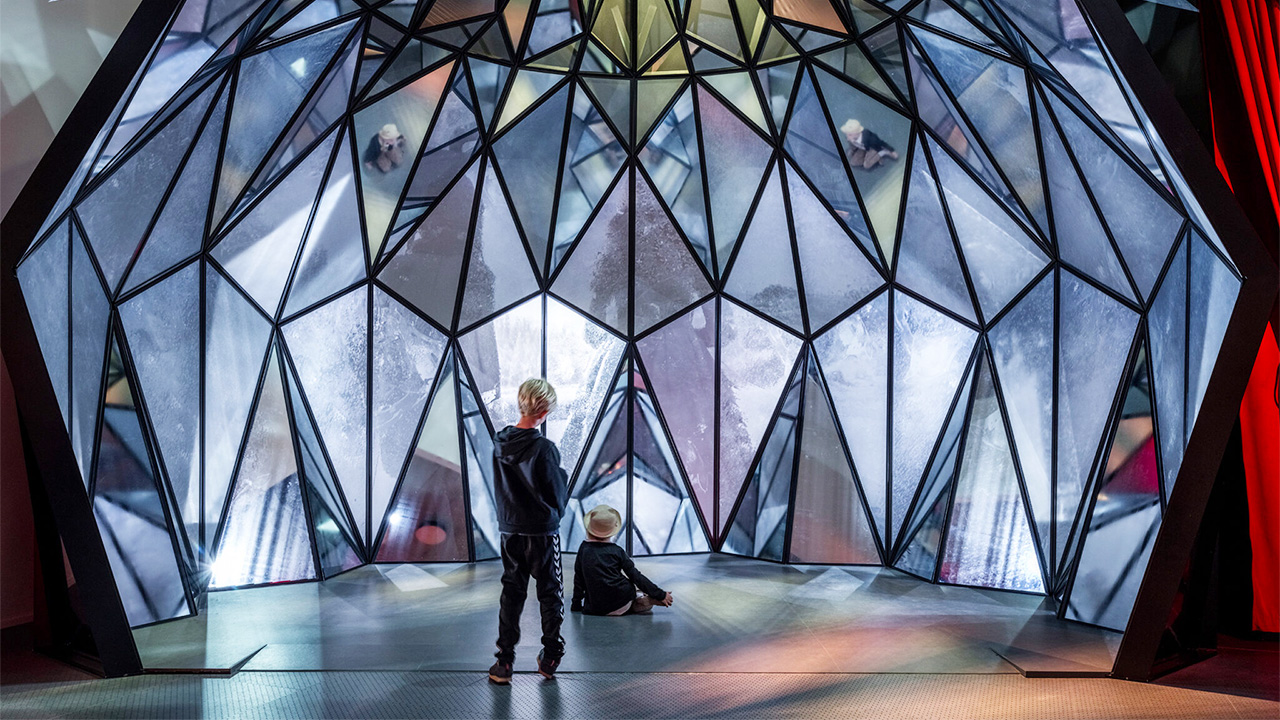Set to fully open on December 1, H.C. Andersen’s House has quite the task ahead of it. While intended to be accessible to visitors of all ages, its offerings are particularly aimed at some tough customers: young audiences. To appeal to and engage children, the House has at its disposal a host of creative technologies and collaborators, but more so, is taking the lead of its namesake, Hans Christian Andersen himself.
A prolific weaver of fairy tales not limited to “The Little Mermaid,” “The Ugly Duckling,” and “The Emperor’s New Clothes,” the Danish author instilled in his readers a sense of wonderment and surprise as much as Victorian-era virtue. That his stories, written almost two centuries ago, continue to endure in stage productions and Disney adaptations is testament to their evergreen accessibility. “Andersen actually solved the puzzle for us a little bit,” Henrik Lübker, Creative Director of H.C. Andersen’s House, tells Jing Culture & Commerce. “By being loyal to the way that he told his stories, we are creating something children will like.”
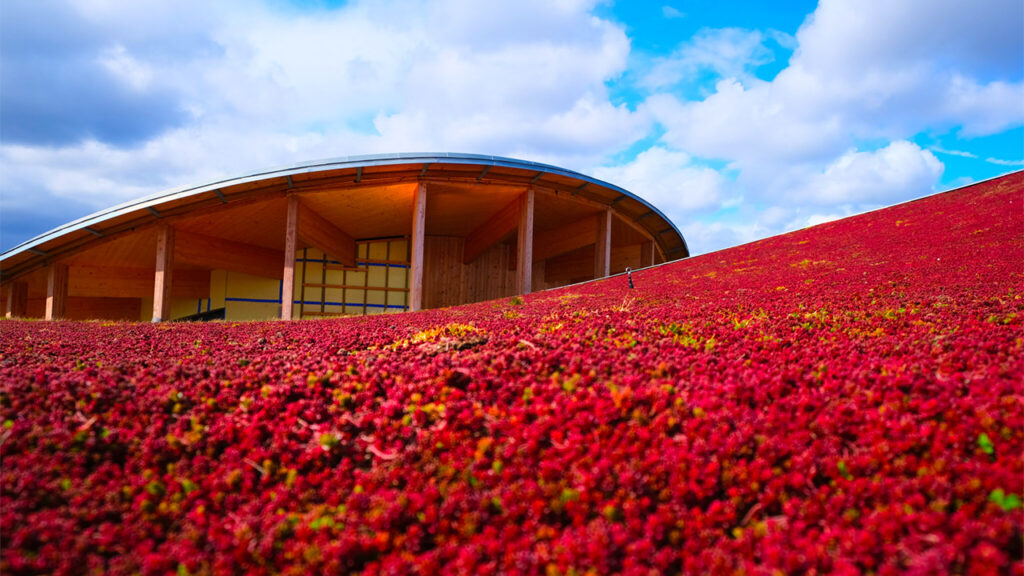
Designed by Kengo Kuma, H.C. Andersen’s House’s 5,600-square-meter space contains a children’s cultural center and an exhibition space. Image: © Laerke Beck Johansen / H.C. Andersen’s House
Situated in the historic quarter of Odense, Denmark, Andersen’s birthplace, the House has been designed by Japanese architect Kengo Kuma with a contemporary eye, its swooping silhouette and reflective surfaces neatly latticed with timber. Inside, the museum eschews traditional exhibition formats for immersive storytelling centered on Andersen’s creations.
In place of copious wall texts are transportive spaces featuring lively exhibits designed by 12 international artists ranging from puppet maker Andy Gent to animator Timothy David Orme. Cinematic lighting and projections create a hyper-real environment, while displayed objects such as trees and birds, through audio mapping, pipe up with commentaries when visitors draw near. It’s with this “here and now experience,” as Lübker puts it, that the House hopes to ensure the continued relevance and resonance of Andersen’s work.
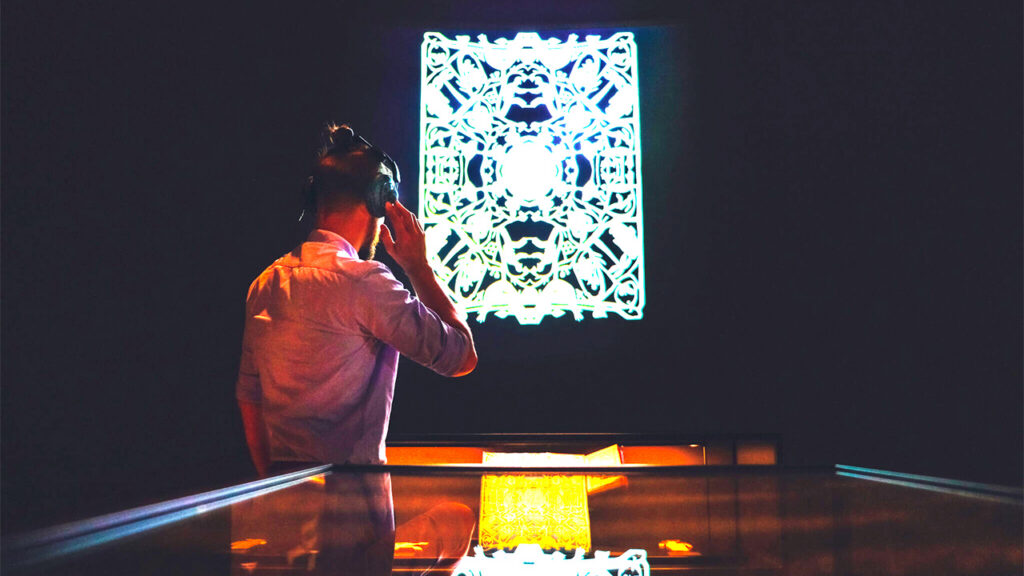
Through audio mapping, exhibits in the House “speak” to visitors, offering commentary when they draw near. Image: © Laerke Beck Johansen / H.C. Andersen’s House
And the museum has more up its digital sleeve. Most recently, it launched itself into the sandbox video game Minecraft, where young visitors are invited on a Thumbelina-themed quest. Play is the name of the game, says Lübker: “It’s kids exploring for themselves, figuring out and solving things in that world instead of being told that this is a lesson.” While the House undertook the storytelling aspect of the Minecraft project, the build-out was overseen by Microsoft, in a partnership that Lübker notes is essential for an organization with few tech resources.
In conversation with Jing Culture & Commerce, Lübker further expands on how H.C. Andersen’s House is hoping to capture the Andersen brand for the digital age.
H.C. Andersen’s House had its soft opening in June. How have visitors responded to the space?
In general, the feedback has been really good. Despite it being a soft opening, people seem to really get our way of telling stories like Andersen would tell his stories rather than telling it as a traditional museum would. It’s an explorative experience where you get to run around in this world where objects speak. There’s a lot of different voices fighting to define this world, as opposed to just a single museum voice.
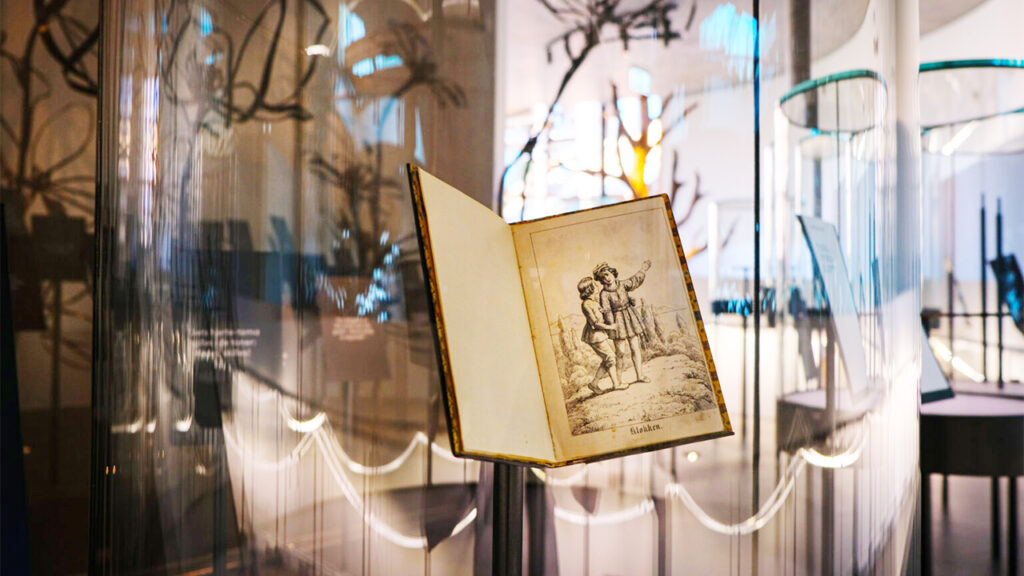
Eschewing traditional exhibition formats, the museum instead encourages an “explorative experience.” Image: © Laerke Beck Johansen / H.C. Andersen’s House
What considerations went into designing the space for young visitors?
I think kids are much more intuitive than adults because adults expect a traditional museum experience, whereas kids invite exploration — they’re just doing what they’re best at. We have found that we’d need to scaffold it a little bit more for adults so that they understand that this is not a world where there’s a long introduction that explains everything. It’s about you finding things out for yourself as you explore the space.
Could you explain the House’s approach to adopting technology as part of its exhibition design?
For us, technology is a means to an end, not an end in itself. We want to use digital technology to create an extra layer of the experience that makes the experience of place much more real. For example, we almost never use screens because they detach you from space, but we use a lot of projections to create a hyper-real space, where you are situated where you are, not looking at something that is happening some other place. We’re using technology to enhance the experience and of course, to reach people who can’t visit.
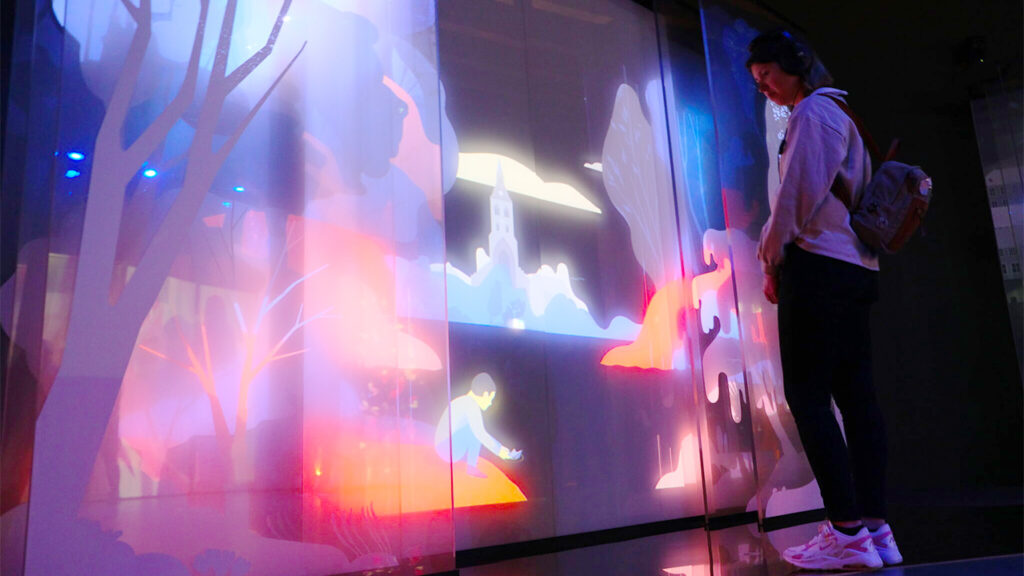
Projections and objects through the exhibition space feature the work of 12 international artists. Image: © H.C. Andersen’s House
The House’s Minecraft project is a part of that. Could you outline its intentions?
What I like about Minecraft is that if we can’t have kids from all around the world coming to the museum, we can instead give them a world that works almost like a physical world, with its own laws and its own ways of doing things that they can play with. What I wouldn’t want to do is just to make a digital copy [of the museum].
Does that mean we won’t see H.C. Andersen’s House virtualizing its space?
I wouldn’t want to make a virtual tour of the museum because I think that would be detrimental to the experience, but we can use the technology’s own ways of creating worlds to our advantage. It’s about being clever with technology and not just using it to create versions of the real world. What I have learned from the pandemic is not that we need more digital stuff, but that we need a more enhanced experience of the world.
How have partnerships, such as the one with Microsoft, been helpful to the museum’s digital or tech projects?
We don’t have that much [digital] manpower, so the way that we are working is through collaborations and Microsoft is a good example of that. We find partners that have the distribution channels and the expertise in that field. For example, we are now starting up a project with IBM about artificial intelligence. When we were doing this Minecraft project, we had some money from a foundation to actually put together team to create digital assets in the museum, but everything else has been through collaborative efforts.

